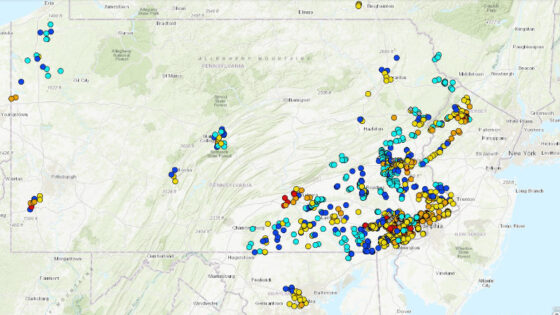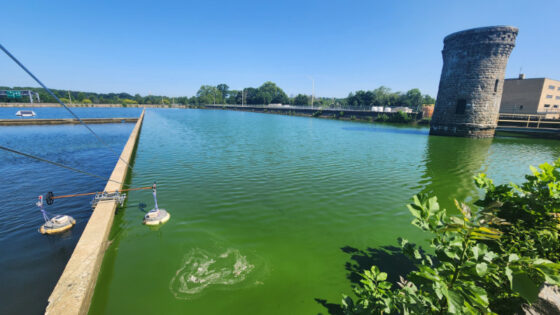Bacmeister, E., E. Peck, S. Bernasconi, S. Inamdar, J. Kan, and M. Peipoch. 2024. Journal of Geophysical Research: Biogeosciences 129(10): e2024JG008360.
Abstract
Water column removal in streams is a nitrogen (N) cycling pathway that has been historically overlooked. Studies filling this knowledge gap have focused on the role of water column N removal in mid-to-large-order rivers with consistently high suspended sediment concentrations. However, smaller streams may provide comparable suspended sediment concentrations during and after storm events, creating favorable conditions for water column N removal. To assess the presence, magnitude, and control of water column N removal during storms in low-order watersheds, we measured water column denitrification and heterotrophic assimilatory N uptake rates at three locations in a Mid-Atlantic watershed during five storm events of different magnitude, sediment loads, and nutrient availability. We found large variations in water column denitrification (0–5.56 mg N g−1 d−1) and assimilatory uptake (0.003–1.67 mg N g−1 d−1). Higher rates of N removal occurred during flow recession, with a correlation between suspended sediment organic matter content and denitrification. On average, denitrification rates in the water column were higher when flashy responses to storm events occurred. In contrast to denitrification, water column N removal rates (as both denitrification and heterotrophic assimilation) during storm events were comparable to those measured at baseflow in larger rivers. However, water column denitrification could only account for less than 10% of potential reach-scale N removal during most of the storm events. Our findings provide insight into the ecological relevance of small stream water columns and suggest that more research is needed to understand the magnitude of stream water column processing on watershed-scale N removal.



